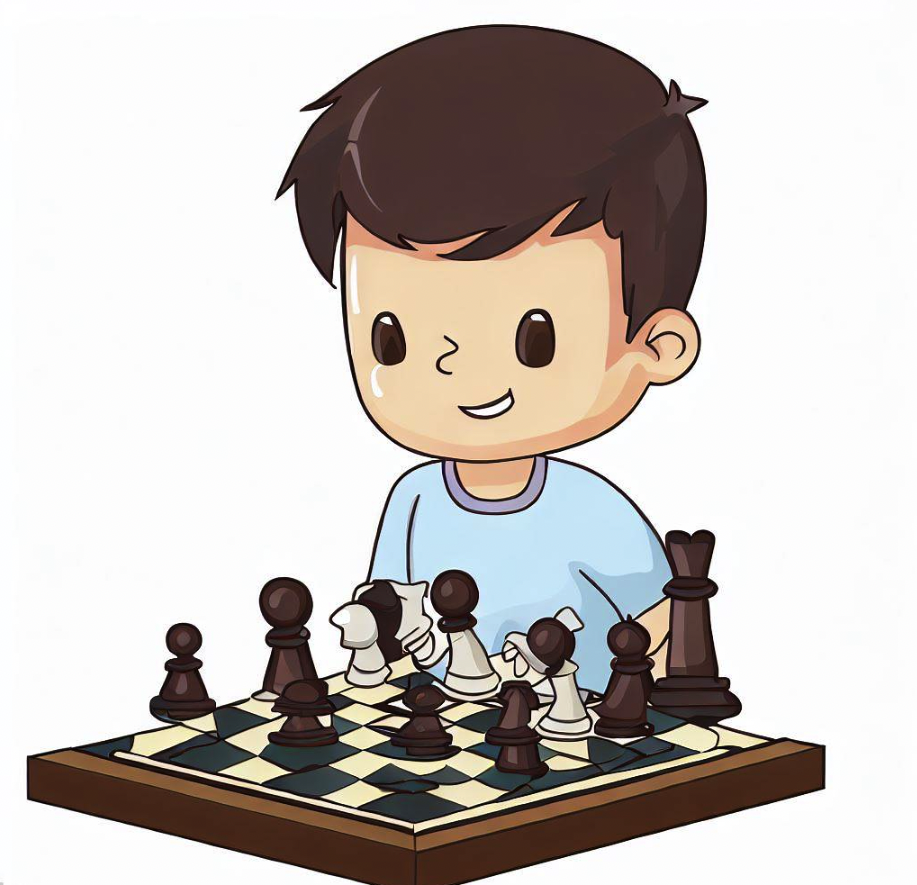Chess, a game of strategy and intellect, has captivated minds for centuries.
While the traditional 8×8 chessboard has been the standard for generations, various chess variants have emerged, each with its unique twists and challenges.
One such intriguing variant is Grand Chess, played on a larger 10×10 board, introducing new pieces, and altering pawn movement.
Let’s dive into the exciting world of Grand Chess and explore its features.
The Expanded Board
Grand Chess expands the traditional chessboard by adding two additional ranks and files, resulting in a 10×10 playing area.
The larger board presents players with an expanded battlefield, offering more possibilities for strategic maneuvers and greater room for the new pieces to shine.
New Pieces and Their Movements
Grand Chess introduces two new pieces: the Marshal and the Cardinal.
The Marshal combines the powers of a rook and a knight, capable of moving any number of squares horizontally or vertically, as well as making knight-like leaps.
On the other hand, the Cardinal is a fusion of a bishop and a knight, having the ability to move any number of squares diagonally or make knight’s moves.
These new pieces add complexity to the game, requiring players to consider fresh tactical approaches and expanding their range of potential threats and defenses.
How to play Grand Chess
Altered Pawn Movement
In Grand Chess, pawn movement undergoes some significant changes. Pawns can move forward two squares from their starting positions, just like in traditional chess.
However, they have the option to promote to any piece once they reach the seventh rank.
This promotion includes the new pieces, Marshal and Cardinal, alongside the traditional options of a queen, rook, bishop, or knight.
The flexibility in pawn promotion opens up exciting possibilities and strategic dilemmas, as players must choose the most advantageous piece for the given situation.
The Impact on Strategy
The larger board, coupled with the introduction of new pieces and altered pawn movement, profoundly influences the strategic landscape of Grand Chess.
Players must adapt their thinking and familiarize themselves with the unique abilities and potential combinations of the Marshal and the Cardinal.
The expanded space allows for longer-range tactics and grander maneuvers, requiring players to think several moves ahead and analyze potential threats from a wider perspective.
With pawn promotion offering an array of choices, careful planning and consideration of each piece’s strengths become vital for success.
Tactical Nuances and Exciting Endgames
Grand Chess’s altered dynamics create intriguing tactical nuances.
The combination of rook and knight in the Marshal, as well as bishop and knight in the Cardinal, adds unexpected twists to attacks and defenses.
These new pieces possess the ability to exploit vulnerabilities and execute powerful combinations.
The larger board also affects endgames, as the expanded space can present both challenges and opportunities for players seeking to outmaneuver their opponents.
Grand Chess offers a fresh and exciting playing experience, pushing players to explore uncharted territories of strategic thinking.
Conclusion
Grand Chess is a captivating variant that breathes new life into the ancient game of chess.
With its larger 10×10 board, introduction of the Marshal and the Cardinal pieces, and altered pawn movement, Grand Chess presents players with unique challenges and opportunities.
The expanded battlefield opens up strategic possibilities, while the new pieces and modified pawn rules add layers of complexity.
Whether you are a seasoned chess player looking for a fresh challenge or a newcomer seeking a different chess experience, Grand Chess is sure to captivate and engage you with its innovative gameplay.
So, gather your pieces and venture into the world of Grand Chess, where grand strategies and thrilling battles await!


